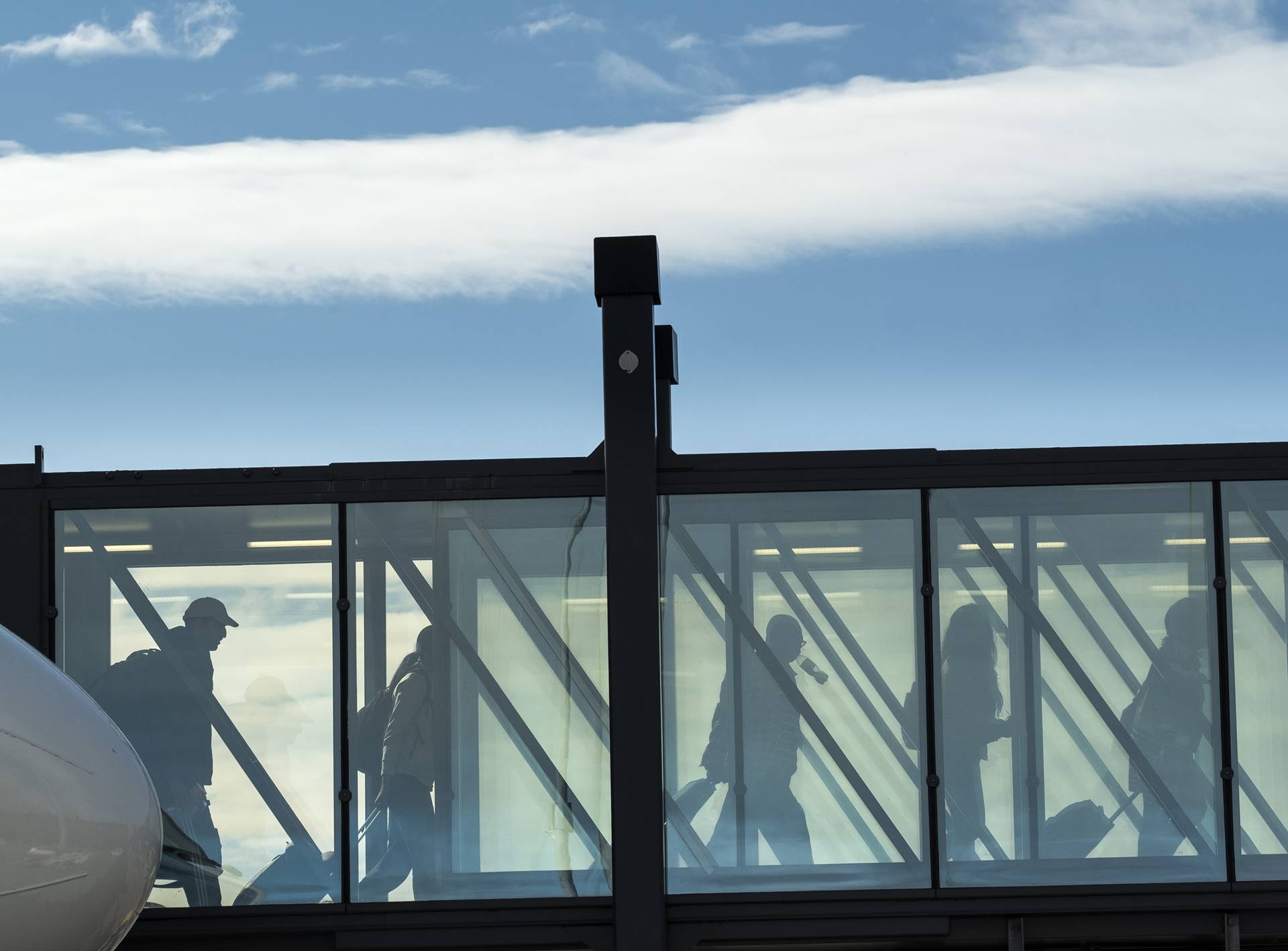COVID-19: Temporary introduction of stricter border measures
The Government of Iceland has announced temporary border measures to counter the domestic spread of COVID-19. These measures aim to create conditions to allow lifting domestic restrictions as much as possible. The vaccination programme in Iceland is continuing at pace, and as more people become vaccinated, conditions for easing restrictions will become more favourable, both within society and at the border.
The Minister of Health will submit a bill to the Althingi Parliament to amend the current legislation to give a legal basis to the measures announced today.
Stay in a quarantine facility: The authorities can decide that from April 22 to May 31, passengers arriving from countries where the 14-day infection rate exceeds 1,000 cases per 100,000 population need to stay in a quarantine facility.
Furthermore, passengers coming from countries where the 14-day infection rate is 750-1,000 cases per 100,000 will, as a rule, be subject to stay in a quarantine facility. However, the authorities can make exemptions to the quarantine location, for example, for travellers who can demonstrate that they can quarantine in a facility that fulfils specific requirements. The conditions for a stay in a quarantine facility will be stipulated in regulation by the Minister of Health.
Increased travel restrictions: The Minister of Interior will be authorized to ban unnecessary travel from countries identified as risk zones by the Chief Epidemiologist (14-day notification rate exceeding 1,000 cases per 100,000 population).
Unchanged rules on certificates and testing at the border until 1 June: The rules regarding certificates for vaccination or prior COVID-19 infection accepted at the border will remain unchanged until June 1. Those presenting a valid certificate of vaccination or prior infection must undergo a single test at the border. They must wait for the test result at their place of residence and follow quarantine rules until the result is available. All other passengers must be tested at the border and stay in quarantine for five days followed by a second test. From June 1, less stringent border measures will apply to those countries that are defined as low-risk areas.
Regional risk assessment issued on a regular basis: From 7 May, regional risk assessment on the status and development of the pandemic issued every fortnight will serve as a basis for border measures. This risk assessment will be based on the colour coding system of the European Centre for Disease Prevention and Control (ECDC), along with other factors.
--------------------------------


